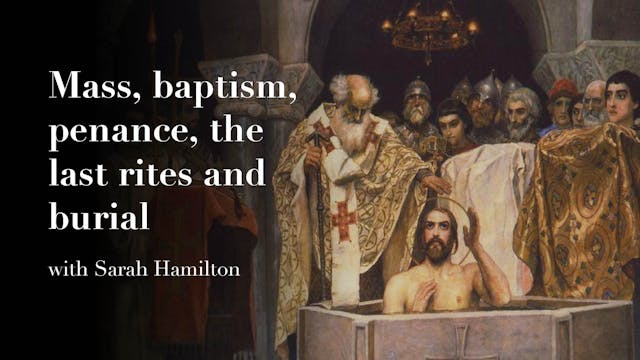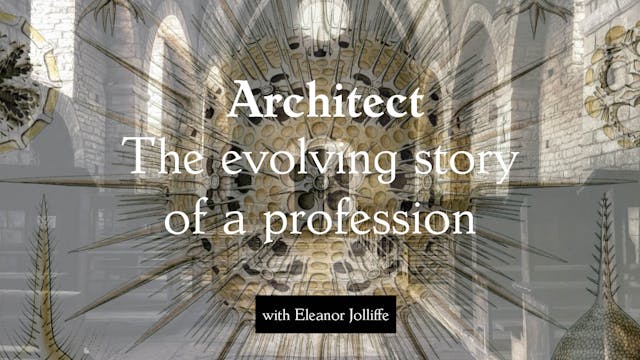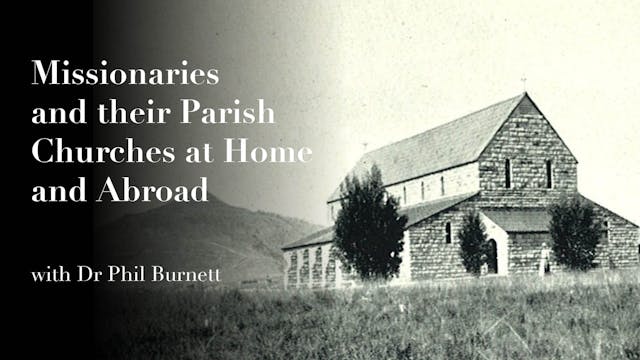Christianity in Taiwan
Our Free Lectures
•
1h 4m
This presentation explores the history of Christianity in Taiwan, which can be divided into three distinct phases. In the seventeenth century, Dutch and Spanish missionaries brought Christianity to Taiwan. The Dutch translated biblical and liturgical texts into indigenous Formosan languages as part of their proselytizing programme. After the Europeans left, the Qing dynasty ruled Taiwan and in the eighteenth and early nineteenth centuries, there was little missionary activity. In the wake of the Opium Wars, Europeans returned to Taiwan. In the late Qing period and during the Japanese occupation (1895-1945), missionaries such as the Scot, William Campbell, helped to establish churches and Christian institutions on the island. Since 1945, churches have been established amongst the indigenous and Chinese populations. Whilst Buddhism and Taoism are still the dominant religions amongst Chinese, over half of the indigenous population professes Christianity.
Prof. Chris Joby is a Research Associate at SOAS, University of London. He has a PhD in church history from the University of Durham. He has received several scholarships and prizes for his research. He is currently writing a book on the reception of the Christian Gospel in seventeenth-century Taiwan.
Up Next in Our Free Lectures
-
Mass, baptism, penance, the last rite...
Sarah Hamilton researches the medieval liturgy and has written variously about particular liturgies, including the sorts that might have been performed in local churches in the central Middle Ages, touching on how they might be performed in different spaces.
Professor Sarah Hamilton’s research f...
-
Architect: The evolving story of a pr...
From the very first moments of humanity we have had a need for shelter, and have sought to create it where it does not naturally occur. This talk will consider the role of architects in society almost from those first moments glimpsing some of the highs and lows of the profession throughout its w...
-
Missionaries and their Parish Churche...
These buildings were important, because they were not only where services took place, but they also created a 'home-away-from-home' and a sense of familiarity in what were often hostile and unfamiliar environments. Like the parish church buildings of England, these mission churches were at the ce...



